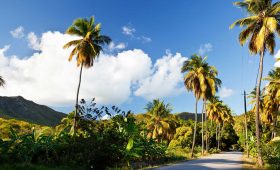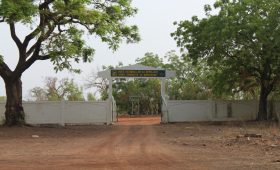Exploring the National Museum of Afghanistan: A Journey Through Time
If you’re passionate about history and culture, the National Museum of Afghanistan in Kabul is a destination worth your attention. Located in Kabul, a city with a rich tapestry of history dating back to ancient times, the museum offers an insightful look into Afghanistan’s diverse past. This guide will walk you through the museum’s historical significance, key exhibits, and practical tips for visiting.
The Historical Significance of the National Museum of Afghanistan
Established in 1922, the National Museum of Afghanistan has endured through decades of conflict, serving as a symbol of cultural resilience. The museum’s collection includes over 100,000 artifacts, covering more than 5,000 years of history. Despite the challenges it has faced, including damage during the civil war in the 1990s, the museum remains a vital repository of Afghan heritage.
The museum’s collection from the Silk Road era is particularly noteworthy. It includes Buddhist statues, Greco-Bactrian coins, and Gandharan sculptures, reflecting the cultural exchanges that occurred along these ancient trade routes. These artifacts highlight the historical significance of Afghanistan as a crossroads of civilizations.
In addition to ancient artifacts, the museum houses a significant collection of Islamic art. This includes illuminated Qurans and intricately woven carpets, showcasing the artistic achievements of Islamic civilizations. The detailed geometric patterns and calligraphy offer a window into the cultural expressions of the region.
Key Exhibits at the National Museum of Afghanistan
1. Bactrian Gold Collection
The Bactrian Gold Collection is a highlight of the museum. This collection features thousands of gold objects and jewelry from the Bronze Age, demonstrating the craftsmanship and wealth of ancient Afghan societies. The intricate designs of necklaces and crowns are particularly striking.
2. The Museum Gardens
Beyond its exhibits, the museum features gardens that provide a peaceful retreat from the city’s hustle. These gardens are not only a place for relaxation but also host cultural events, adding to the museum’s vibrant atmosphere.
3. The Gandhara Gallery
The Gandhara Gallery is essential for those interested in art history. It showcases a blend of Greek, Indian, and Persian influences, with stone sculptures and reliefs depicting Buddhist mythology. The craftsmanship and serene expressions of these works transport visitors to a different era.
Practical Travel Tips
Best Time to Visit
Plan your visit during spring or autumn when the weather is mild. Summers can be extremely hot, and winters are cold. Always check the current security situation in Kabul before traveling, as safety should be your top priority.
How to Get There
Fly into Kabul International Airport, then take a taxi or use local transportation to reach the museum. If you’re already in Kabul, taxis are a convenient option, though public transportation like buses and minibusses are available.
Local Transportation
While exploring Kabul, taxis or hiring a private driver are recommended for convenience and safety. Public transportation can be crowded and challenging for tourists. Always stay aware of your surroundings when using public transport.
Visiting the National Museum of Afghanistan offers a deep dive into the country’s rich history and culture. From ancient artifacts to Islamic art, the museum provides a unique opportunity to understand Afghanistan’s historical significance and artistic achievements. Plan your visit with these insights in mind, and prepare for an enriching experience.




